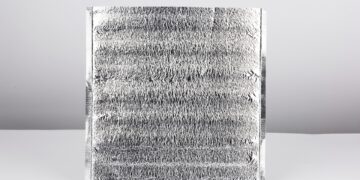The medical industry has provided jobs and helped those in need for decades. The daily use of a medical tool is learned and practiced; however, not many understand the development phase. So, how does one know the common methods for developing medical prototypes? Here is a discussion on how.
Starting From Scratch
Discussion With the Team
One of the more accessible methods for developing medical prototypes is to begin with an idea. After establishing a creative team, discuss the prototypes’ use and appearance. Thoroughly take notes and ask any questions that need answering.
Drafting the Blueprints
Once the idea has reached approval, you must begin drafting blueprints and mockups. Have multiple design options and request votes to choose the final prototype design. Use the notes you provided to make additions to the prototype.
Create an Appearance Model
Providing an appearance model helps get an idea of the concept’s design. It’s a bare-bones physical product rendered by the creative team. Rendering images helps further the production process so that they can receive the team’s approval.
Physical Concept Development
Concept Prototypes
When the creation process ends, producing a physical prototype is the main component in the development phase. Hands-on and visual interaction helps you understand its functionality while providing any additions or subtractions. Knowing what to use for the prototype can move them into beta and alpha phases.
Beta and Alpha Phases
As you progress through the physical development stage, include internal and external alterations. Choose between RIM and thermoforming processes for added protection to finalize the prototype.
Onto Production
Producing Trials and Tests
Once the alpha and beta phases are complete, the testing phase begins. From there, the prototype shall receive verification and validation from completing the necessary tests. After refining the beta version, the prototype requires additional precautionary trials. Finally, it moves into submission to begin market production.
Final Reviews and Revisions
As it enters its last phase before market release, the prototype receives additional modification requests and test reviews. The prototype requires close observation to search for any remaining issues or lingering flaws before the public can access it.
With this discussion of the stages of prototype development, the average consumer, medical professional, and potential client can comprehend it easier. The medical field is a demanding industry, with their top-of-the-line products needing high efficiency and quality. It’s thanks to the prototype process that society can progress in medicine and emergencies.





















































































